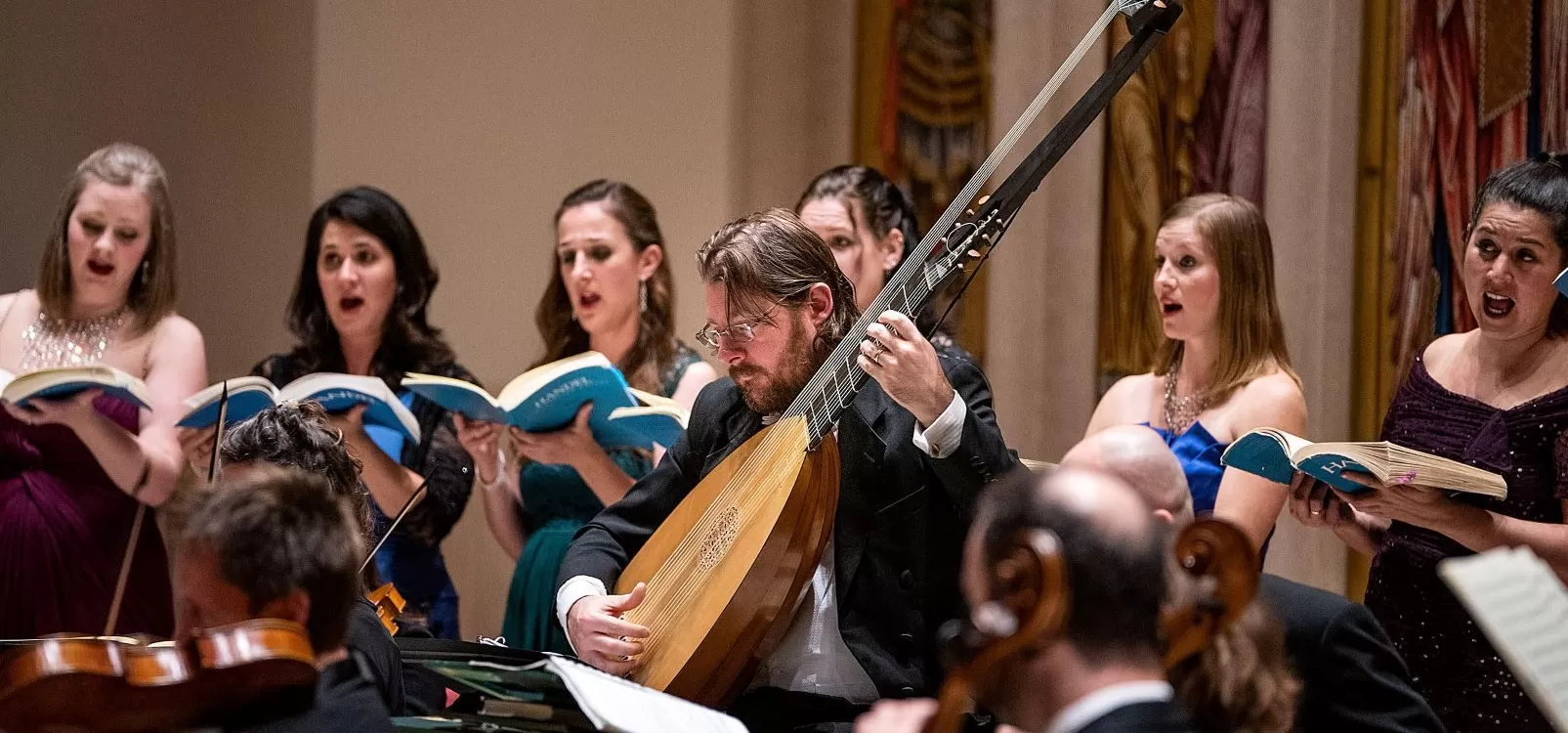- February 24, 2023
More about the Vespers of 1610
Who was Monteverdi?
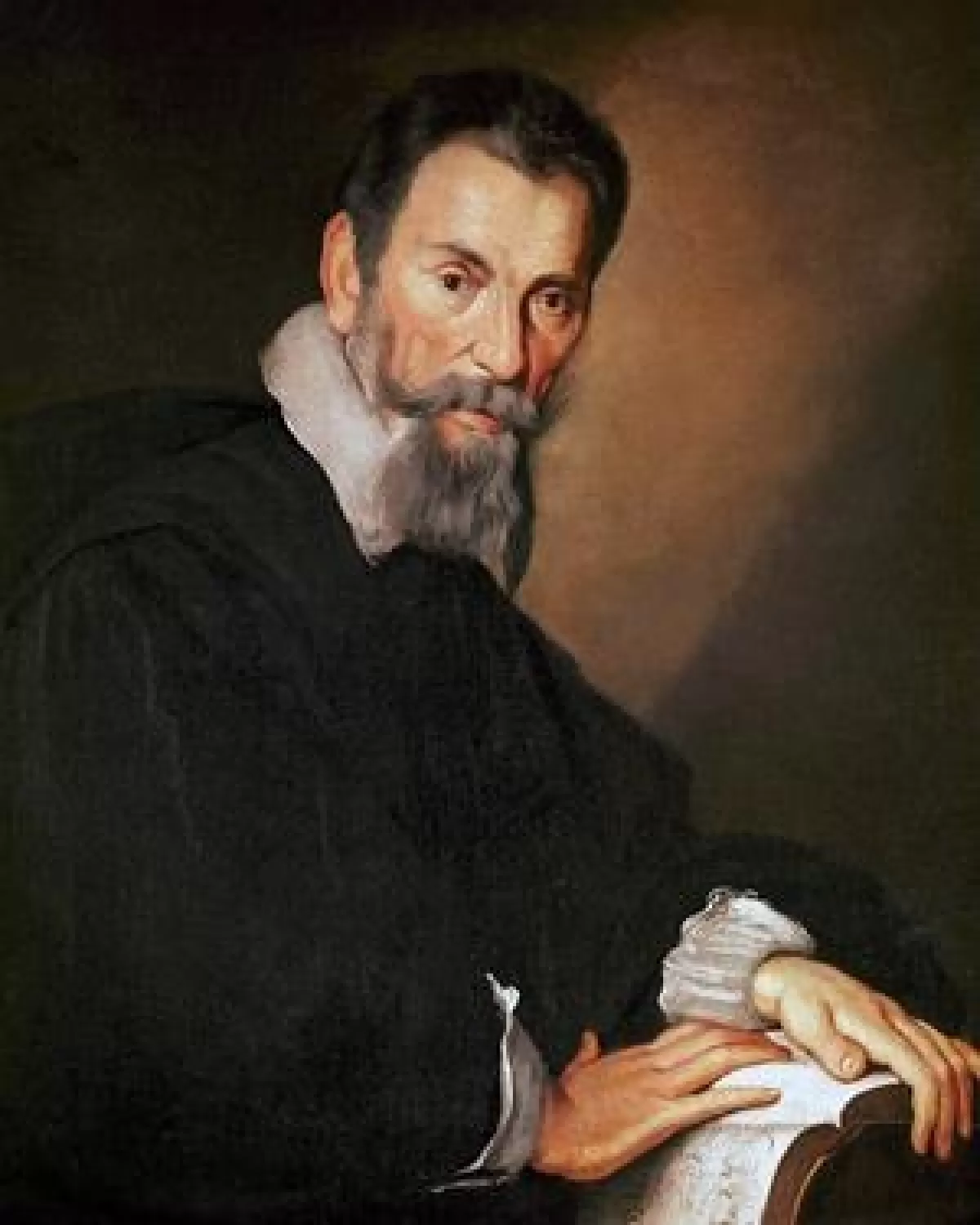 The Italian composer Claudio Monteverdi (1567-1643) is one of music history’s great transitional figures, bridging the gap between the Renaissance and the Baroque. In his Vespers, he set out to demonstrate his mastery of both the older style of composition, centered on the technique of cantus firmus, with Gregorian chant providing a musical foundation, and the new style that was coming into being, incorporating dance rhythms and lively counterpoint over a basso continuo.Claudio Monteverdi
The Italian composer Claudio Monteverdi (1567-1643) is one of music history’s great transitional figures, bridging the gap between the Renaissance and the Baroque. In his Vespers, he set out to demonstrate his mastery of both the older style of composition, centered on the technique of cantus firmus, with Gregorian chant providing a musical foundation, and the new style that was coming into being, incorporating dance rhythms and lively counterpoint over a basso continuo.Claudio Monteverdi
Why is the Vespers so rarely heard?
The Vespers requires musicians who are highly skilled at playing instruments like the cornetto, sackbut, and theorbo* that have fallen out of general use since 1610, for which we are fortunate to have excellent partners in Bach Collegium San Diego and Tesserae Baroque! The music notation of the period was very different from that we know today, so performing editions must be prepared so that today’s musicians can read them.
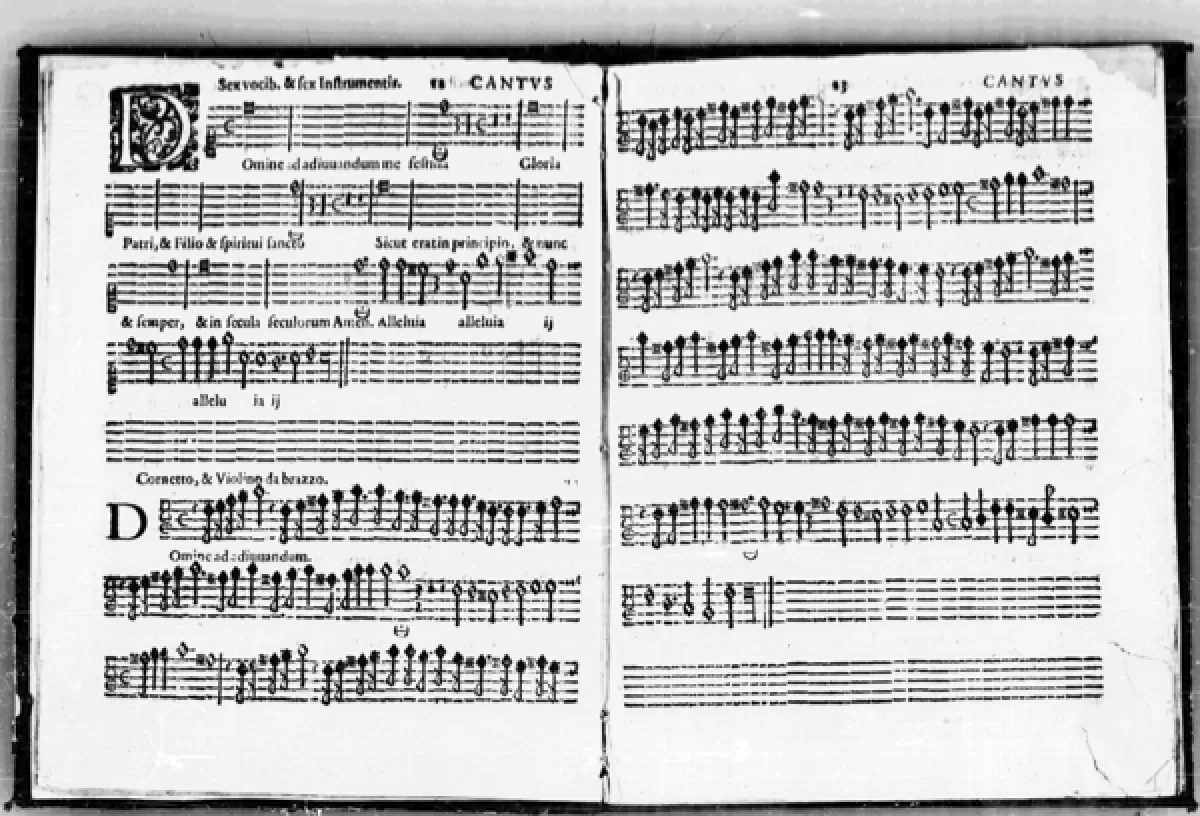
In addition, like most composers of his day, Monteverdi used a sort of shorthand when writing instrumental music that did not always specify which instruments are meant to be playing. Therefore, every performance of the Vespers you may hear will differ from all the others, as these decisions are left up to each conductor to make.
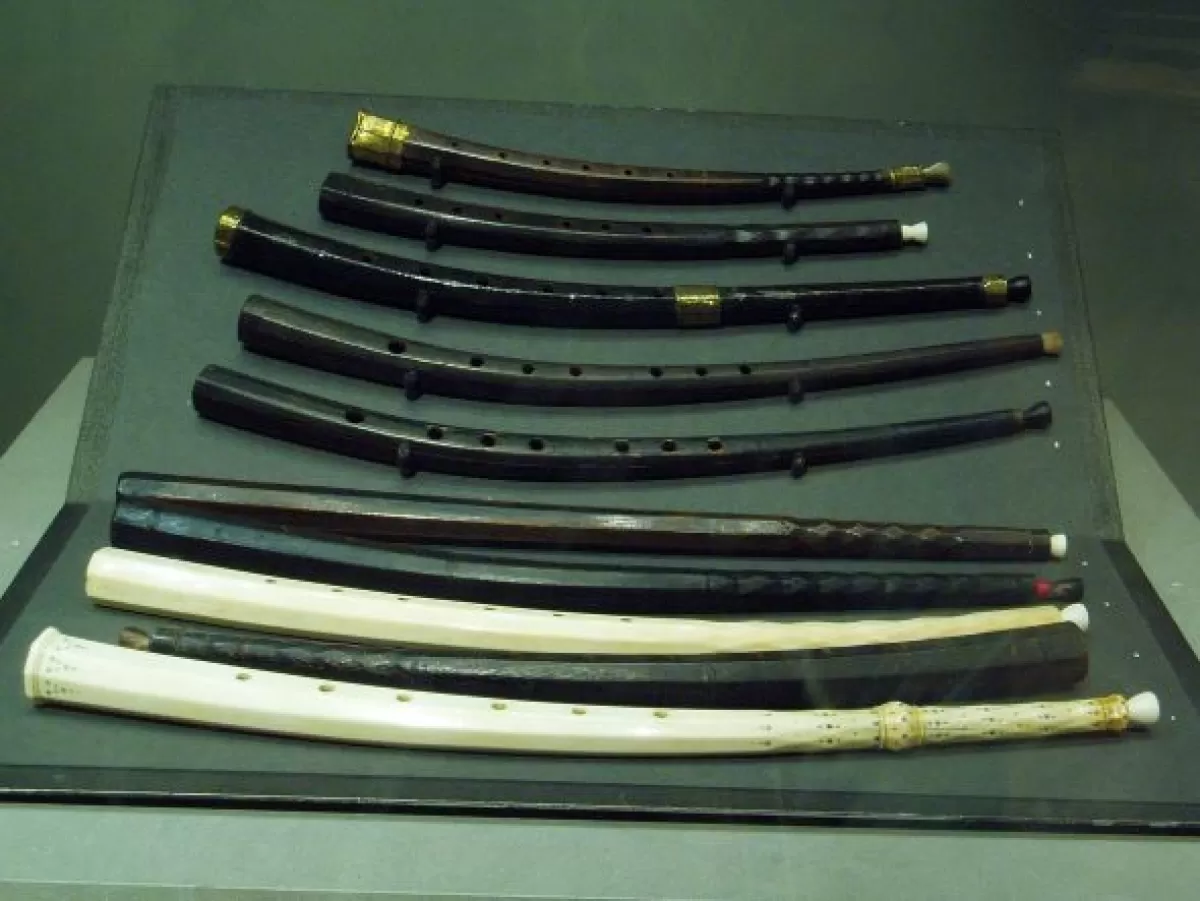 *A cornett or cornetto (plural cornetti) is a conical, usually curved, instrument made of wood or ivory with a mouthpiece like a brass instrument but keyholes like a flute. A theorbo (seen in the header image above, courtesy of Bach Collegium San Diego) is a type of lute notable for its very long neck. Sackbuts appear the most familiar to us, as they are the precursors of the modern trombone and very similar in appearance.
*A cornett or cornetto (plural cornetti) is a conical, usually curved, instrument made of wood or ivory with a mouthpiece like a brass instrument but keyholes like a flute. A theorbo (seen in the header image above, courtesy of Bach Collegium San Diego) is a type of lute notable for its very long neck. Sackbuts appear the most familiar to us, as they are the precursors of the modern trombone and very similar in appearance.
A collection of cornetti at the Musee de la Musique in Paris
Why are there love songs in the middle of a religious piece?
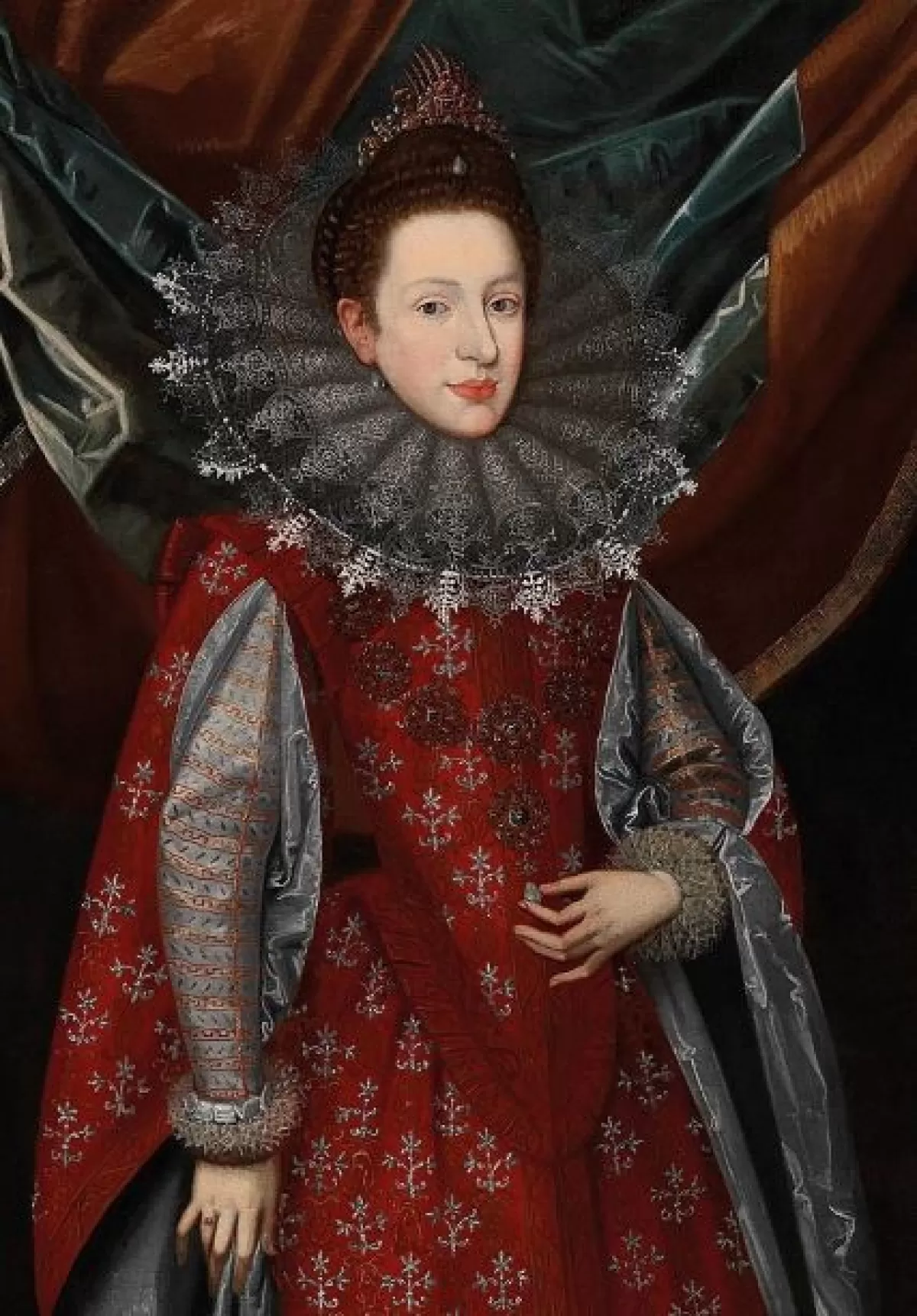 The presence of erotic selections from the Song of Songs in the context of a church service has been given as support for the theory that the Vespers (or at least these portions of it) was composed to be performed at the 1608 wedding between the Duke of Mantua’s eldest son and Margaret of Savoy—a lavish week-long social event at which the Duke, a notable patron of the arts, might have been expected to showcase the work of Monteverdi, his court composer.
The presence of erotic selections from the Song of Songs in the context of a church service has been given as support for the theory that the Vespers (or at least these portions of it) was composed to be performed at the 1608 wedding between the Duke of Mantua’s eldest son and Margaret of Savoy—a lavish week-long social event at which the Duke, a notable patron of the arts, might have been expected to showcase the work of Monteverdi, his court composer.
Margaret of Savoy
Who was the Pope that Monteverdi wanted to impress?
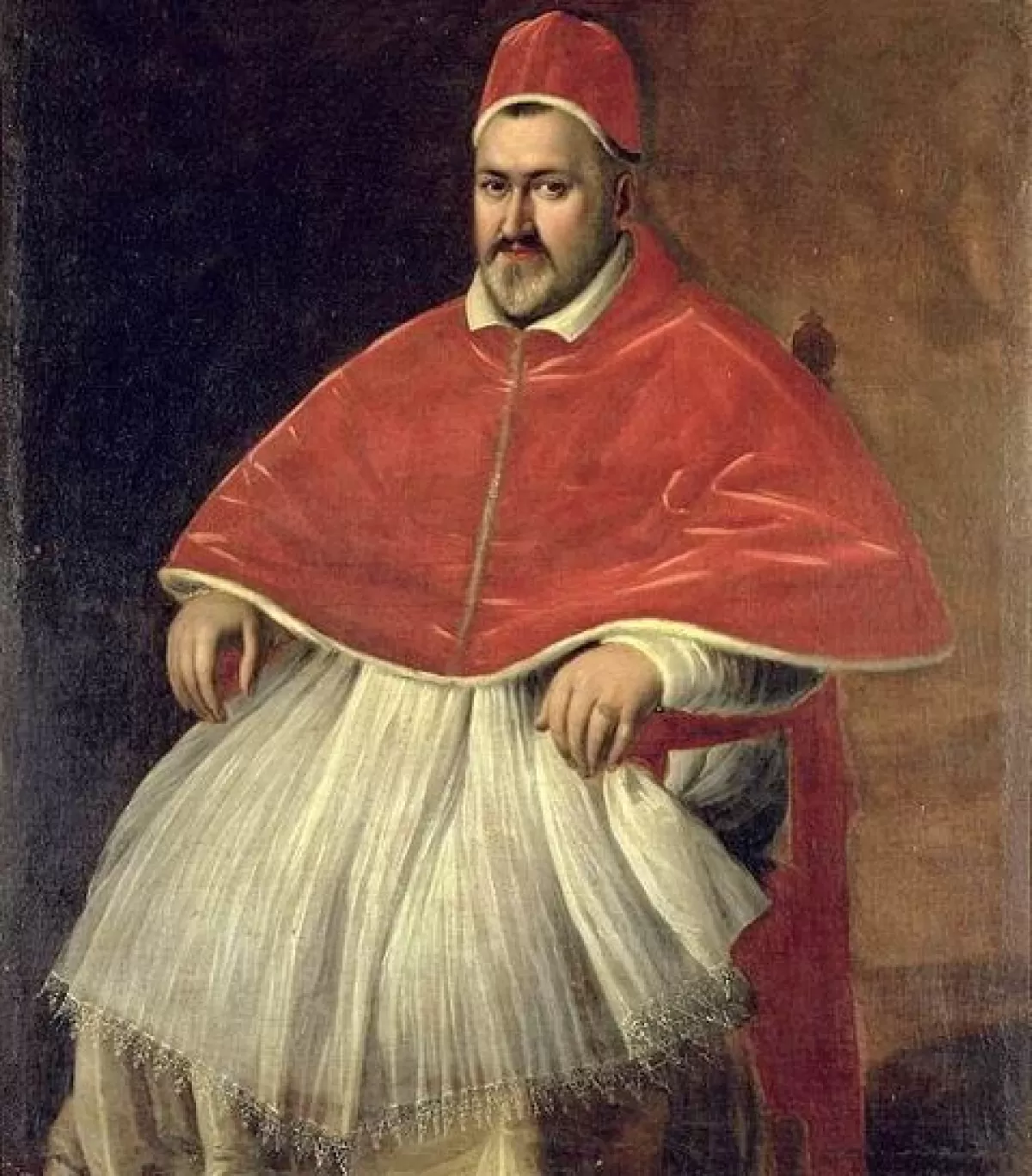 In 1610 Monteverdi supervised the printing of a special edition of the Vespers, and dedicated it to Pope Paul V in hopes of winning the pontiff’s patronage. However, the audience he sought never took place. Three years later, having been dismissed from Mantua after the Duke’s death, he found a new job as maestro di cappella at the Basilica of San Marco in Venice, where he would remain the rest of his life. The newly printed edition of the Vespers must have proven to be quite an effective tool to Monteverdi in auditioning for this prestigious position!
In 1610 Monteverdi supervised the printing of a special edition of the Vespers, and dedicated it to Pope Paul V in hopes of winning the pontiff’s patronage. However, the audience he sought never took place. Three years later, having been dismissed from Mantua after the Duke’s death, he found a new job as maestro di cappella at the Basilica of San Marco in Venice, where he would remain the rest of his life. The newly printed edition of the Vespers must have proven to be quite an effective tool to Monteverdi in auditioning for this prestigious position!
Portrait of Pope Paul V by Caravaggio (c. 1605)
Now is your chance to hear Robert Istad conducting Pacific Chorale’s first complete performance of Monteverdi’s stunning Vespers of the Blessed Virgin of 1610 on March 4, 2023.
Learn more and get tickets now!

